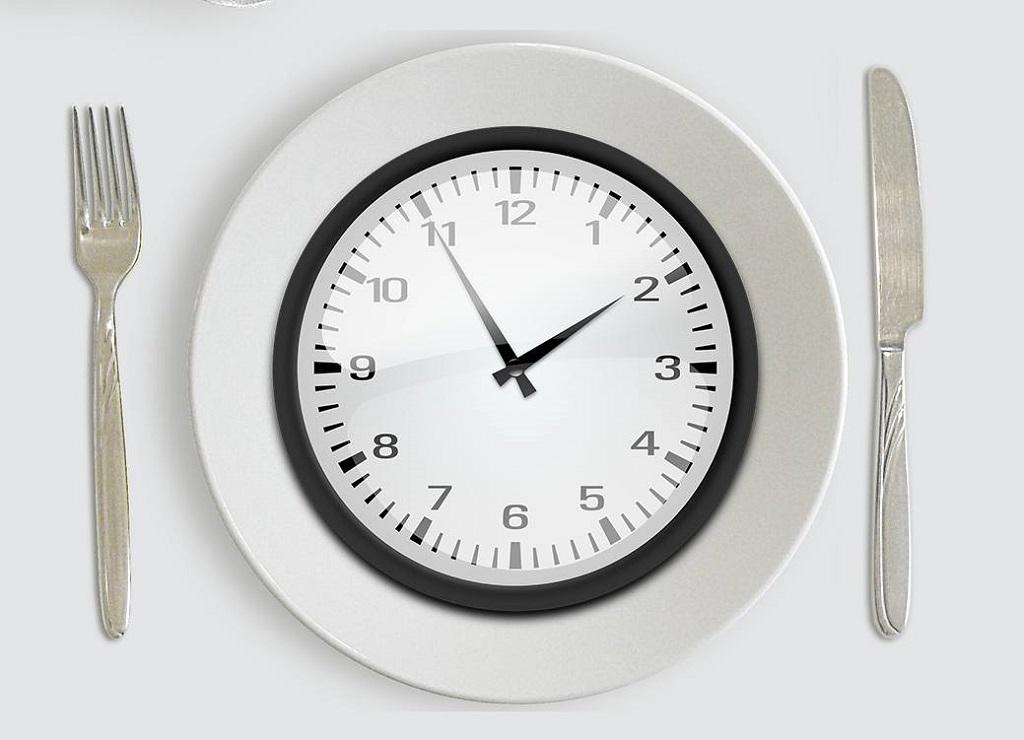
INTERMITTENT FASTING
Intermittent fasting is a dieting plan that involves sequencing the eating and fasting period. It does not prescribe the types of food that someone should eat but the time to take them. Most people engage in some form of fasting while asleep sand intermittent fasting can be simple as extending that fast for longer.
You can fast by skipping the breakfast and waiting till noon to take the first meal and the last at 8 p.m. You will fast for 16 hours a day and restrict eating to an eight-hour eating window. This method known as 16/8 is one of the most popular.
Types of Intermittent Fasting
1. Time-restricted feeding
Time restricted fasting means skipping a meal for 16-20 hours while drinking nothing except water or zero calorie tea. You can take any food within a 4-8 hour window such as 12 p.m. to 8 p.m. or 10 a.m. to 6 p.m. Many people prefer an eight-hour feeding option. It fits people who take all the calories in an 8-hour window and fast for 16 by allowing a loss of more fat while maintaining muscle than those who eat a general diet within eight weeks. Some researches on a time restricted intermittent fasting show that people who only eat within the eight hour period daily for 12 weeks lost excess weight and decreased calorie intake by around 300 calories per day.
Advantage
Mealtime is roughly at the same time each day making it simpler to adhere to the fasting and still have more energy than subscribing to a 24-hour option. It also helps in cutting weight without having to count calories.
Challenges
The problematic thing about 16/8 fasting is that you cannot take nightcaps even if you feel hungry unless you commit to increasing fasting to 1 or 2 p.m.
Do you need essay writing help on intermittent fasting? Find expert writers on dieting and relating subjects at Nursing Writing Services. Try yours today risk free.
2. Whole day fasting or 5:2 diet
This type of fasting involves restricting diet to 500 calories of which 200 are protein in one meal or small portions spread out in the day and water for one or two nonconsecutive days a week. You can eat your favorite dishes on the other 5-6 days a week. Experts encourage a diet of fruits, lean protein, vegetables and whole grains. Whole day fasting is the preference of the people who find it simpler to fast for one or two days per week without worrying about the food to eat for the other days.
Advantage
Longer fasts for 24 or more hours help to boost maximum metabolic rate and heartburn. You do not lock the fast days into a strict schedule which provides more control over pairing regular eating with heavy lifting days and rest days with fasting.
Challenges
It is difficult to fast for a whole day, and it will probably increase irritability because of missing food for a full 24 hours.
3. Alternate day fasting
Alternate day intermittent fasting is a 24-hour diet plan whereby you take water and 500 calories (200 should be protein) in one meal or smaller helpings spreading out over the day. You eat your favourite food for 24 hours after dieting without meal schedules and repeat the cycle every two days.
Pros
You can eat any diet you want and still lose weight due to the 24 hour fast. A study report on Jama Internal Medicine reveals that people who did not track the food but tries alternate day fasting for a year lost 6% of the body weight which is approximately the same amount that people who restrict calories will drop for the same period.
Alternate day fasting is for those who like routine but still need some freedom for regular indulgence. One day on fasting and another one off create a balance between indulgence and fasting.
Cons
The consecutive lifting days are also known as HIIT sessions are likely to suffer due to less food for fueling the body especially for those who go for gym sessions at night.
Intermittent fasting is an excellent choice of losing fat and improving metabolic health if you stick to eating healthy foods.

